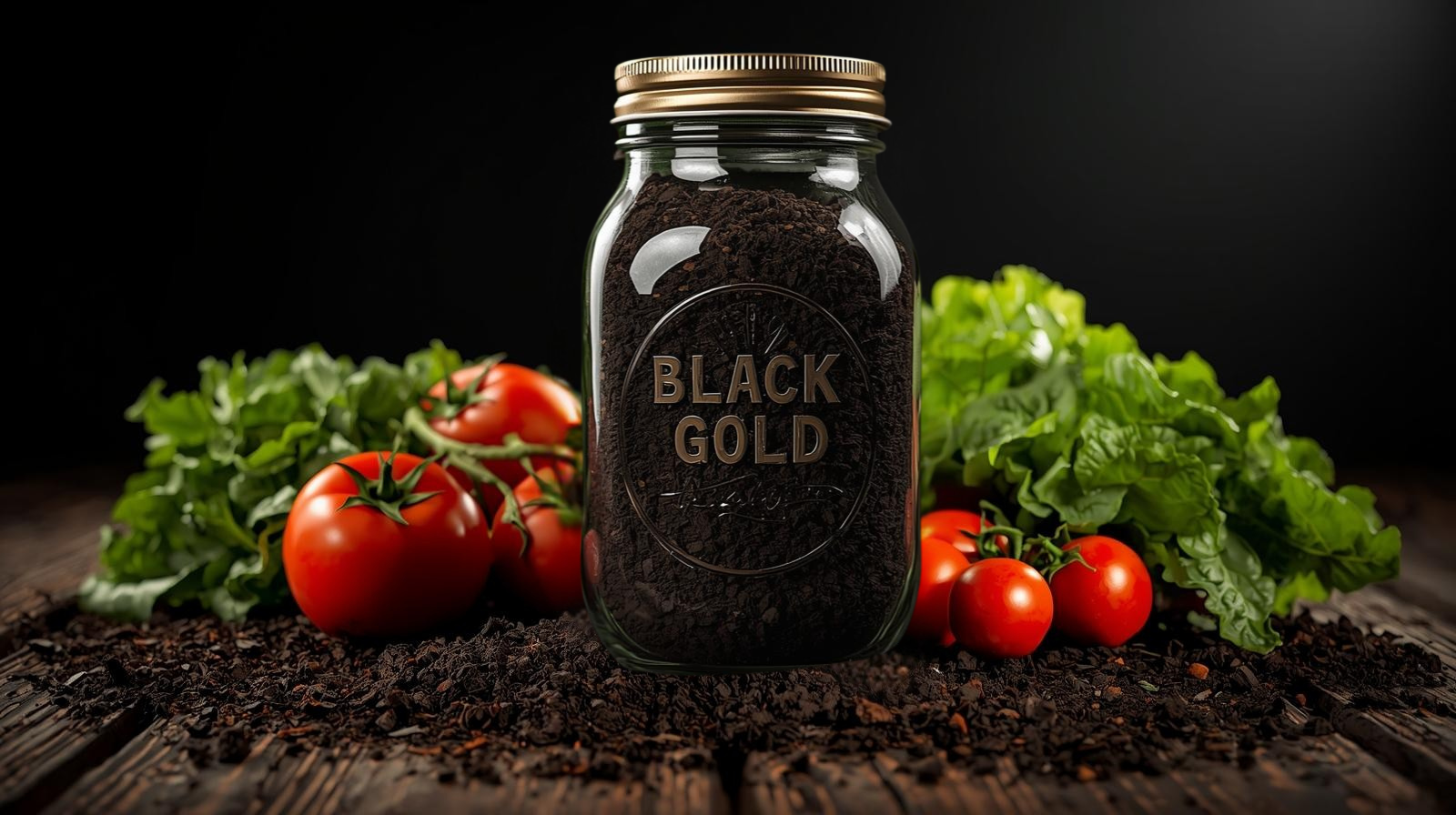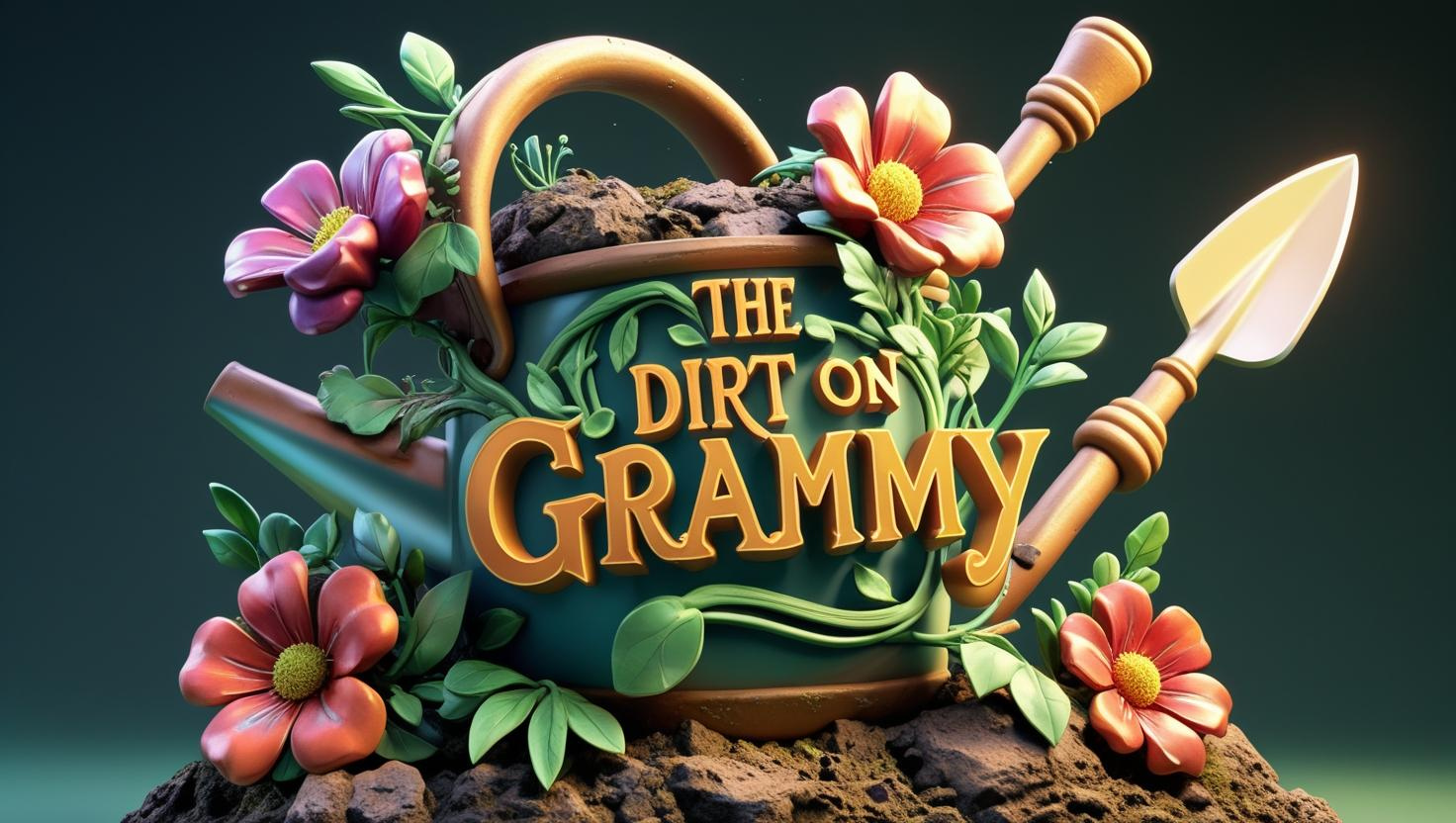The Dirt on Composting: Turning Trash into Treasure

If you’ve ever stood in your kitchen, banana peel in hand, and thought, “There has to be a better place for this than the trash can,” congratulations—you’re halfway to becoming a composter. Composting is basically nature’s way of recycling, except instead of blue bins and trucks, you get worms, microbes, and a little magic that turns your leftovers into gardening gold.
And trust me, once you get the hang of it, you’ll never look at coffee grounds or eggshells the same way again. They’ll stop being trash and start looking like treasure… even if your family thinks you’ve finally lost it when you start hoarding onion skins.
Why Compost?
Well, first off, it’s good for the planet. Instead of piling up in landfills where food waste gives off nasty greenhouse gases, composting turns it all into nutrient-rich soil. Your plants will thank you by growing bigger, greener, and more delicious (yes, I said delicious—have you tasted a tomato raised on homemade compost? It’s like biting into summer itself).
And let’s be honest: it just feels good to say, “Oh, that? I made it myself.” Gardeners are smug people by nature, and we’ve earned it.
What Can You Compost?
Think of compost as a buffet for your soil. You’ve got your “greens” and your “browns”—and no, this isn’t a weird diet plan.
-
Greens (nitrogen-rich): veggie scraps, fruit peels, coffee grounds, tea bags, and grass clippings.
-
Browns (carbon-rich): dried leaves, shredded paper, cardboard, and straw.
It’s all about balance. Too many greens and your pile might smell like last week’s forgotten lunchbox. Too many browns and it’ll just sit there like a pile of crumpled homework. But get the mix right, and you’ll have rich, crumbly compost that smells like the forest after a rainstorm.
What Not to Compost
Here’s where things can get tricky. Some things are better left out of the pile:
-
Meat, dairy, and oily foods (unless you’re trying to open a buffet for raccoons).
-
Pet waste (gross and unsafe).
-
Glossy paper or anything plastic (your soil doesn’t want glitter, thank you very much).
How to Start (Without Scaring the Neighbors)
-
Pick a spot. Backyard piles are great, but even an apartment dweller can use a compost tumbler or countertop bin.
-
Layer it up. Think of it like lasagna for the earth: greens, browns, greens, browns.
-
Keep it moist, but not soggy. You want it damp, like a wrung-out sponge, not like the bottom of a forgotten Tupperware.
-
Stir it now and then. Aerating keeps things from going funky. It’s basically giving your compost a little exercise.
The Payoff
After a few months (and some patience), you’ll be rewarded with “black gold”—rich, earthy compost that your garden will adore. Sprinkle it on your veggies, mix it into flower beds, or give your houseplants a spa day.
And when someone admires your thriving garden, you can casually say, “Oh, that? Just my banana peels and coffee grounds at work.” That’s the dirt on composting: trash in, treasure out.
💡 Grammy’s Tip: If your compost pile isn’t breaking down, don’t panic. Add more greens, give it a stir, and whisper a few words of encouragement. Plants aren’t the only ones that like a pep talk.
